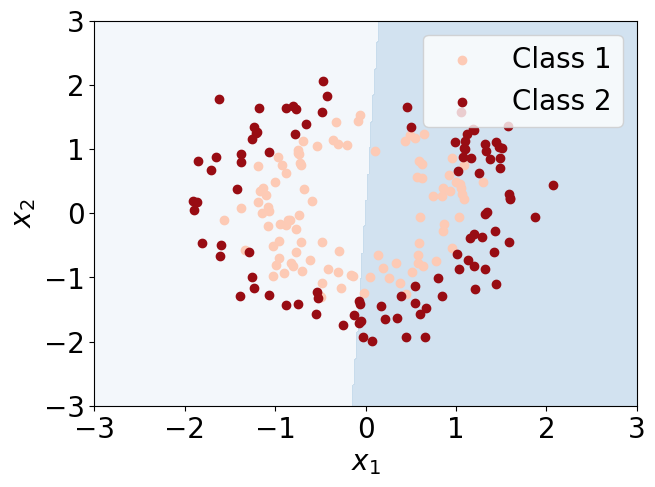Discover how FinalMLP transforms online recommendations: unlocking personalized experiences with cutting-edge AI research
This post was co-authored with Rafael Guedes.
The world has been evolving towards a digital era where everyone has nearly everything they want at a click of distance. These benefits of accessibility, comfort, and a large quantity of offers come with new challenges for the consumers. How can we help them get personalized choices instead of searching through an ocean of options? That is where recommendation systems come in.
Recommendation systems are useful for organizations to increase cross-selling and sales of long-tail items and to improve decision-making by analyzing what their customers like the most. Not only that, they can learn past customer behaviors to, given a set of products, rank them according to a specific customer preference. Organizations that use recommendation systems are a step ahead of their competition since they provide an enhanced customer experience.
In this article, we focus on FinalMLP, a new model designed to enhance click-through rate (CTR) predictions in online advertising and recommendation systems. By integrating two multi-layer perceptron (MLP) networks with advanced features like gating and interaction aggregation layers, FinalMLP outperforms traditional single-stream MLP models and sophisticated two-stream CTR models. The authors tested its effectiveness across benchmark datasets and real-world online A/B tests.
Besides providing a detailed view of FinalMLP and how it works, we also give a walkthrough on implementing and applying it to a public dataset. We test its accuracy in a book recommendation setup and evaluate its ability to explain the predictions, leveraging the two-stream architecture proposed by the authors.
As always, the code is available on our GitHub.



